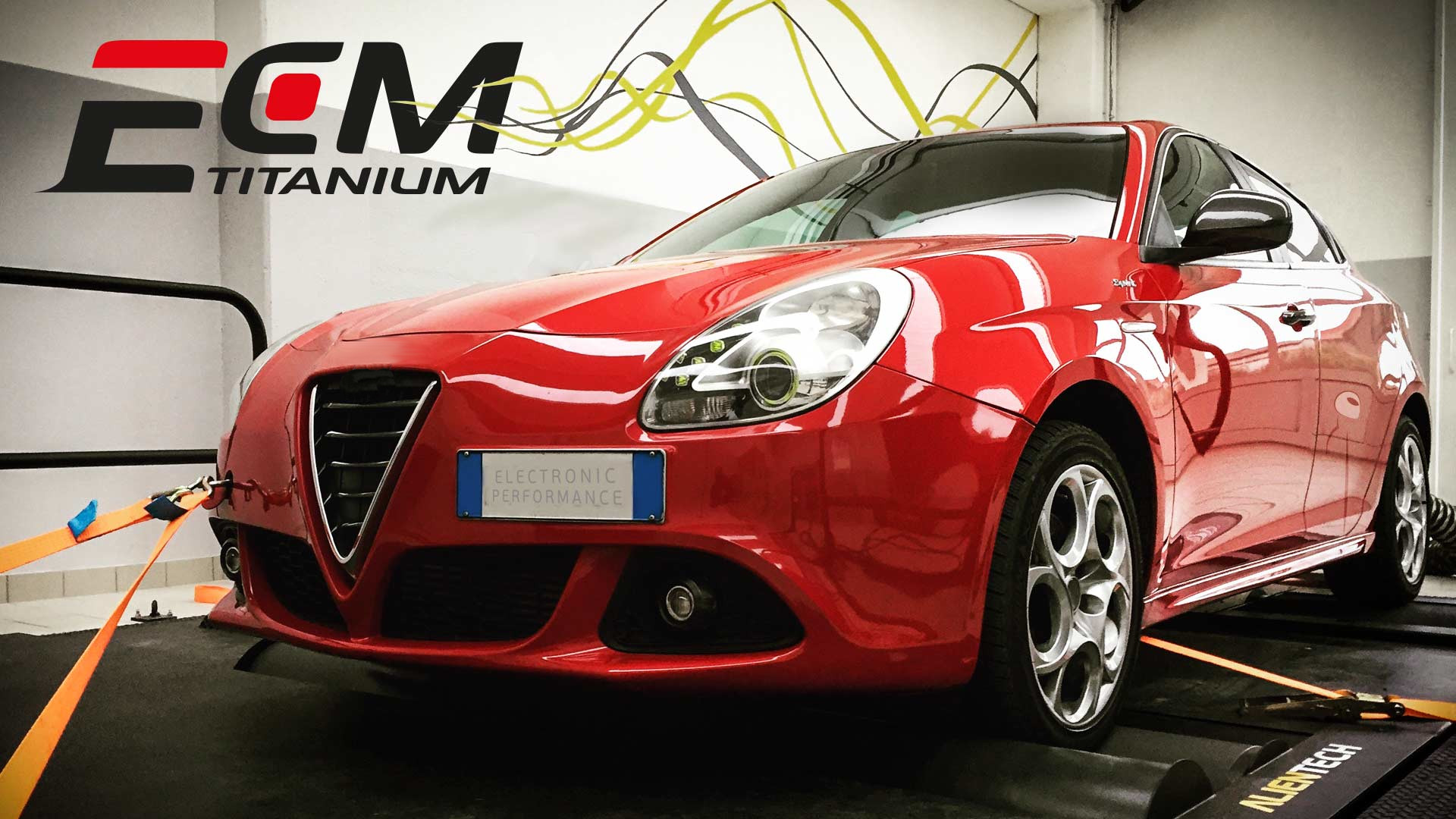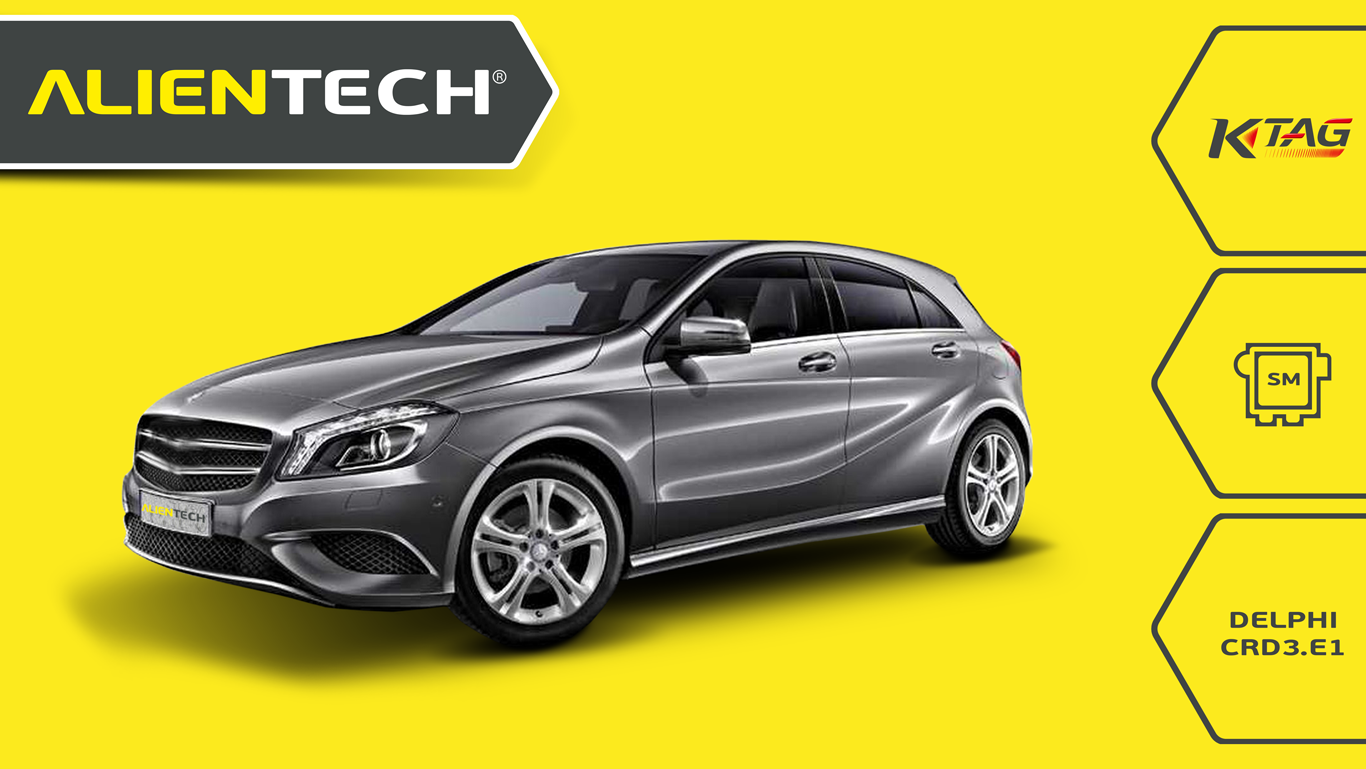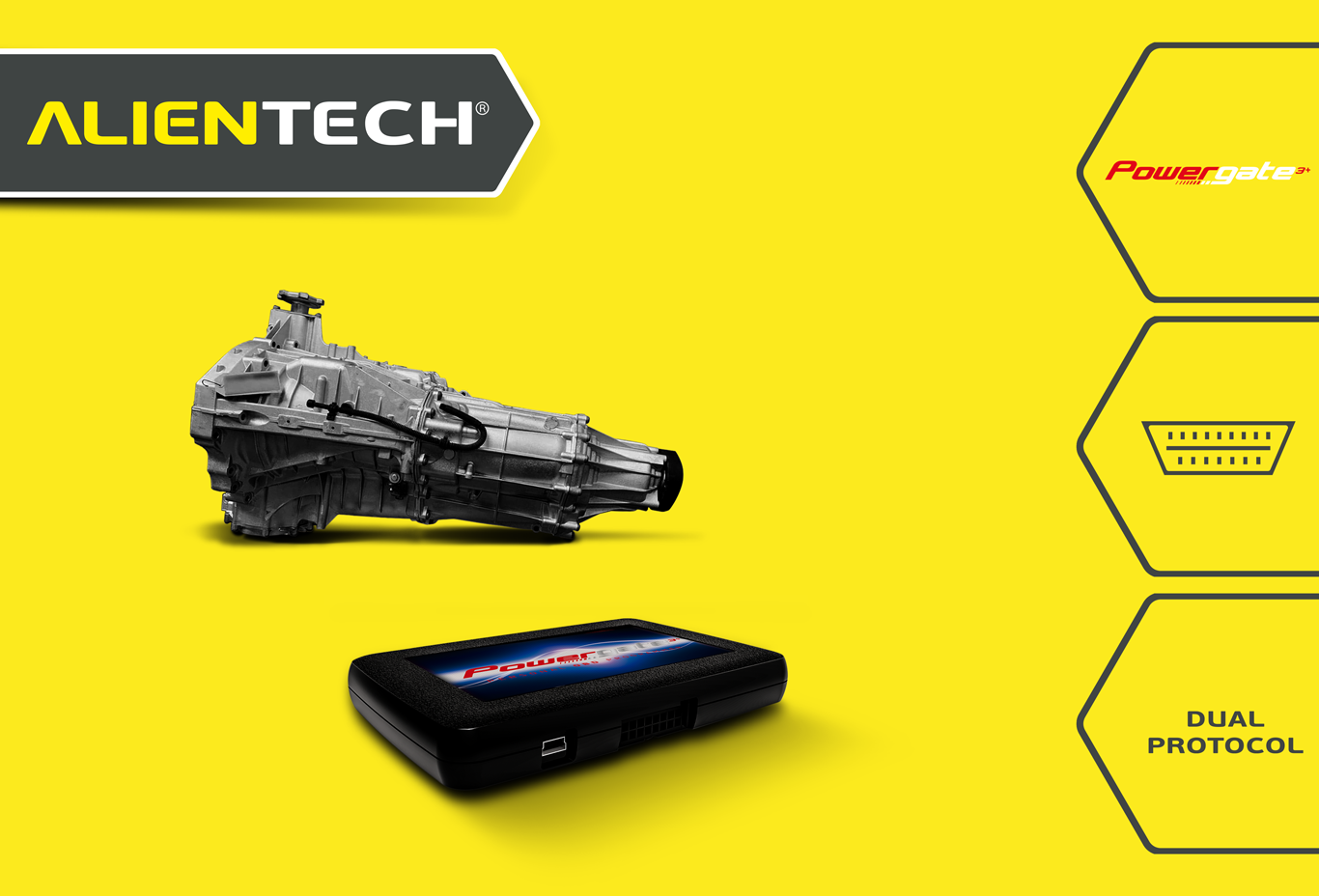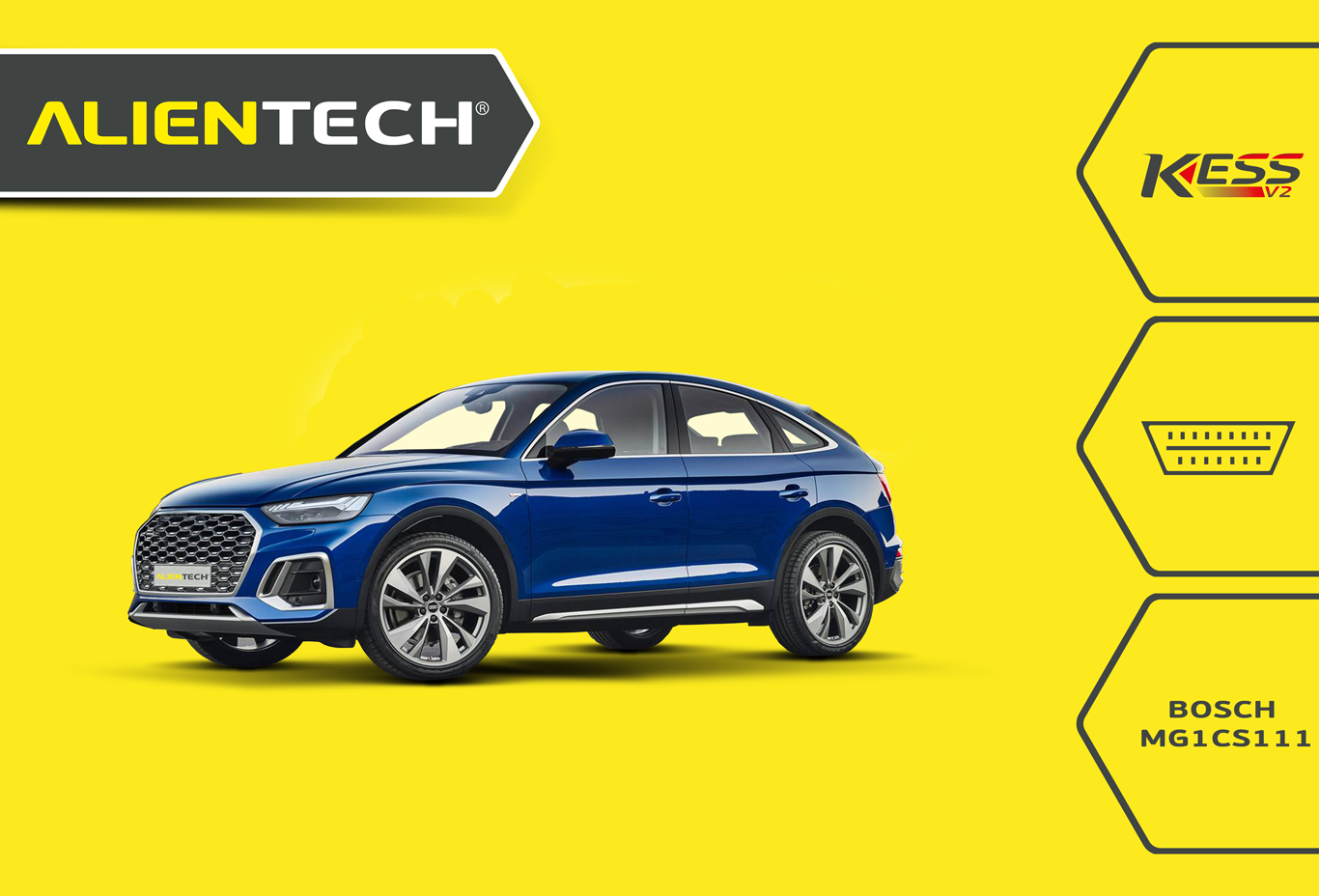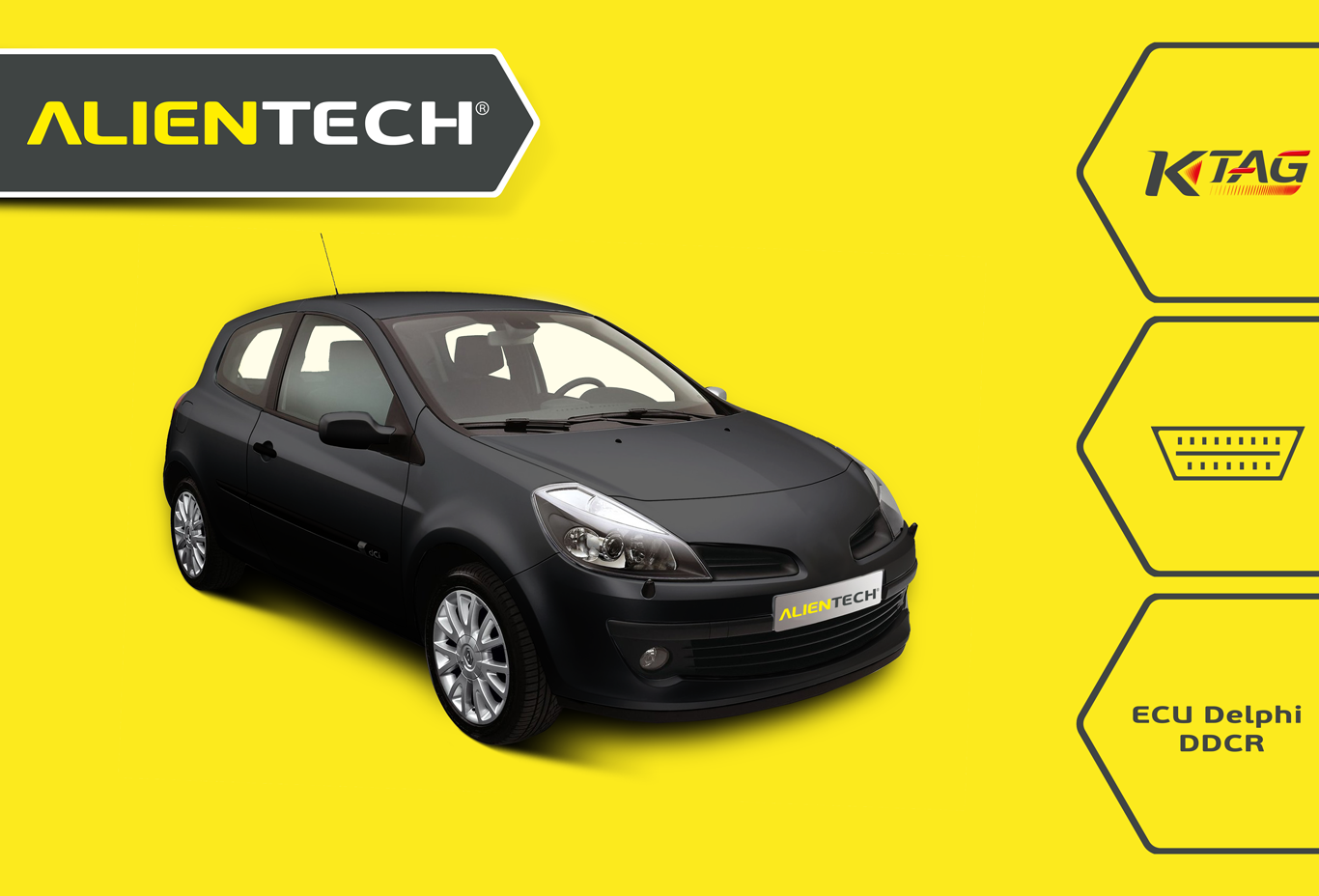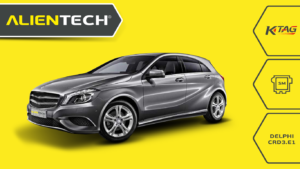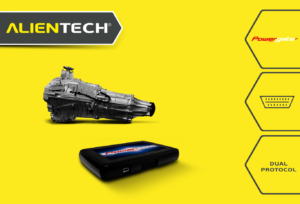Today’s study is a focus on an Alfa Romeo Giulietta equipped with 2.0L JTDm2 150PS engine and Bosch EDC17C49 control unit.
First known with the factory name Alfa Romeo ZAR Project 940, Giulietta was previously publicly denominated Milan. That name was later replaced already at the end of 2009; in addition, that was a way to consecrate with the name Giulietta a car that had the task to celebrate the centenary of Alfa Romeo, reproposing a historic name of the Italian automotive industry (the name Giulietta was already used in the past by the manufacturing company to identify other two vehicles, respectively Giulietta of 1955 and Giulietta of 1977). It was presented on the occasion of the Geneve International Motor Show, in March of 2010.
Giulietta is a hatchback sedan (as the previous 147, which it replaces). It is built on the new basic chassis named Compact, provided with transversely-mounted engine.
Drive is front-wheel, and front suspensions are configured according to the independent-wheel system with aluminium MacPherson-type telescopic upright, while the rear side mounts a Multilink-type independent-wheel system with three aluminium arms provided with stabiliser bar. The electric dual-pinion steering is another new entry: the electric engine responsible for servoassisted system does not operate on the steering axle but it is directly engaged onto the rack, enabling to combine the low energy absorbency (this is typical in electric steering) with the precision of the hydraulic steering, because it eliminates the artificial feeling and impression of “poor fidelity” of the previous versions of this servo-control type.
The Alfa Romeo VDC control system with E-Q2 limited-slip differential function (“Electronic Q2”), without Torsen mechanical differential, is fitted as standard on all versions.
Since its début, these have been the 2.0L diesel engines available:
- 2.0L JTDm 140PS and 350Nm
- 2.0L JTDm 170PS and 350Nm
- 2.0L JTDm 170PS TCT and 350Nm
- 2.0L JTDm2 150PS and 380Nm (currently on sale)
- 2.0L JTDm2 175PS TCT and 350Nm (currently on sale)
The version we are about to analyse mounts manual gearbox and delivers 150PS at 3750rpm and 380Nm at 1750rpm.
The same engine and the same ECU are also available on other vehicles of the FCA group, such as for instance Fiat 500L, Fiat Doblò, Fiat Ducato, Fiat Freemont, Iveco Daily, Jeep Cherokee, Jeep Grand Cherokee, Lancia Delta and Lancia Thema.
We can also find the same EDC17C49 on Caterpillar 311F, John Deere 5080G, Lindner Geotrac 84 EP, Mitsubishi Truck Canter, New Holland T4/T5, and Suzuki S-Cross.
Below are some of the main technical features of Giulietta
Alfa DNA Selector

Alfa D.N.A. is the exclusive Alfa Romeo driving selector that can modify the response of the vehicle based on the driving style of the driver and on road conditions. There are three different modes: Dynamic for great performance, Natural for limited consumption and All-Weather for low-grip conditions.
This is a tool mounted on new-generation Alfa Romeo vehicles and can be operated by means of a rocker-arm throttle, which allows setting 3 calibration levels for brakes, steering wheel, gearbox (if of TCT automatic type), motor engine and ABS and VDC electronic control action thresholds (acronym used by Alfa Romeo to identify ESP), choosing among a sporty mode (denominated Dynamic), standard mode (Normal) and low grip mode (All-Weather). In 2016, with the market placement of Alfa Romeo Giulia, the “All Weather” mode was replaced by the “Advanced Efficiency” program for energy saving and limited fuel consumption as well as reduced pollutant emissions.
This system enables, even in poor grip conditions, to increase driving safety or vice-versa reduces electronic system activations on the road behaviour to increase the dynamic features of the vehicle, in addition to physically regulate the set-up of sportier cars, directly operating on the adjustment of suspensions. The name is inspired by the genetic code or DNA, emphasizing the sporty touch of the car company.
Electronic Q2
This system, designated by the industrial denomination EQ2 (acronym for Electronic Q2), was officially presented during the Geneva International Motor Show in 2008. EQ2 was in its turn progressively improved, for a better interaction between the driver and the system, based on the driver’s requirements and on road conditions.
It replaces the mechanical Q2 available on Alfa 147.
The system uses the braking system sensors to have a similar performance to a limited slip-differential system. In turning acceleration conditions, when the inner wheel (less grip) tends to slip, the front braking system acts on it, so increasing the torque to the outer wheel (more grip), avoiding understeer and increasing traction. The system distributes the torque among the driving wheels in a dynamic and continuous way, according to driving and road surface conditions.
TCT gearbox

To properly understand how a double-clutch transmission works, we have to start from the operation of a conventional gearbox.
The gearbox is a device that enables to transfer the torque from engine to wheels. This occurs because the motor shaft rotation is transferred to the gearbox, which manages the output torque through a gear system. This serves to change speed and simultaneously maintain the engine at an optimum working speed so to ensure better performance levels. But how is it possible to shift gears? This is where the clutch comes into play: it is located between the engine and the gearbox, and has the function to “separate” the engine from the drive wheels, disconnecting the drive torque so to allow shifting gears.
What happens with automatic double-clutch gearboxes, and why car manufacturers have decided to opt for this choice? With single-clutch gearboxes, when you shift gears, there is a moment in which the drive torque is totally absent. This determines a less smooth driving, with negative consequences on performance, comfort and consumptions.
Double-clutch gearboxes have been introduced to solve this problem. They have a clutch that has been exclusively dedicated to odd gears (for instance, 1-3-5) and one exclusively dedicated to even gears (2-4-6).
The two clutches work in a synchronised way: for instance, when shifting from the first and the second gear, while the first gear is still engaged, the “even” gear is activated which engages the second gear, and the “odd” gear gradually disengages the first gear only at a later stage.
This special technology makes it possible to provide the vehicle with traction, considering that when you shift gears, the first clutch transfers traction to the second clutch only when the following gear has already been engaged. This really brilliant functioning enables to improve the delivery of power and accordingly the total performance of the car, as also shown during the different road tests.
How to read the control unit and where to find it

With the K-TAG tool and the more common Tricore activation, family 503, plugin 503 we can create a backup of the ECU and completelly manage all the engine parameters.
Control Unit details
Manufacturer: Bosch / Model: EDC17 C49 / Micro Controller: Tricore IROM TC1797 TPROT / EEprom: Inside microprocessor
The ECU can be read using the Positioning Frame or via direct connection. We connected using Positioning Frame and adapter, with boot pin connected to the adapter via kit programming probes without any welds, so the material we need is as follows:
– 14P800ADB1 positioning frame
– 14P600KT04 adapter
– 144300T101 flat cable
– 14P800ADB3 Kit programming probes

Let’s now analyse the main maps
The driver comes with 73 maps, which can be divided as follows:
- Motor Torque
- Air Control
- Injection System
- Limiters
- Turbo
- Rail
Calculated Engine Torque
This is one of the Torque Monitoring maps, expressed in torque % (Trq) as a function of engine revolutions and injected fuel quantity (mm3/stk).
Torque necessary during standard conditions
This is the engine torque requested in standard conditions, it does not take into account frictions or dispersions.

Maximum Torque Limiter
It expresses the maximum torque in Nm that the engine can deliver.

Injected Fuel Quantity
It defines how many diesel fuel mm3/Stk shall be injected, based on the number of revolutions and torque (Nm).

Fuel Quantity Limiter
This is the map that limits the quantity of fuel injected and is always expressed as mm3/Stk. It operates depending on the engine RPM and the temperature of the engine coolant (ECT: engine coolant temperature).

Rail Pressure
This map manages the rail pressure depending on engine revolutions and injected fuel quantity.
Turbo Pressure
The absolute maximum pressure you can get with the original file is 2710 hPa (about 2.71 bar). As in many Bosh ECUs, turbo pressure depends on engine revolutions and injected fuel quantity.

Turbo Pressure Limiter f(APS)
We also have one of the turbo limiters reaching 2800 hPa (about 2.8 bar) as a function of engine revolutions and atmospheric pressure (hPA APS).
DutyCycle Variable Geometry
These maps represent the electronic control managed by the ECU; values refer to the opening percentage of the Variable Geometry directly expressed in [% DutyCyc], included between 0 and 100%. The map picture shows that the original control is limited to 19-95%: there is still margin to increase pressure.
Test on braked dynamometer
We have finally used the dynamometer to test our Giulietta.
These are the original technical data declared:
Alfa Romeo Giulietta 2.0L JTDM2 engine code 940B5000
Maximum power in NATURAL mode: 140PS/103kW at 3750rpm
Maximum power in DYNAMIC mode: 150PS/110kW at 3750rpm
Maximum torque in NATURAL mode: 320Nm at 1500rpm
Maximum torque in DYNAMIC mode: 380Nm at 1750rpm
Test Objective
The vehicle under examination can provide very high power and torque rises. Anyway, our objective consists in optimising the delivery of power and, accordingly, decreasing fuel consumption, so maintaining the reliability of all mechanical components of the vehicle.
Below are the parameters readjusted with our Driver.


These are the results obtained:
Original Natural power: 141.62CV at 3838rpm >> Modified Natural power: 160.2CV at 3478rpm
Original Natural torque: 324.5Nm at 1648rpm >> Modified Natural torque: 422.7Nm at 2150rpm
Original Dynamic power: 148.02CV at 3573rpm >> Modified Dynamic power: 168.26CV at 3567rpm
Original Dynamic torque: 382.6Nm at 1956rpm >> Modified Dynamic torque: 436.8Nm at 1984rpm

